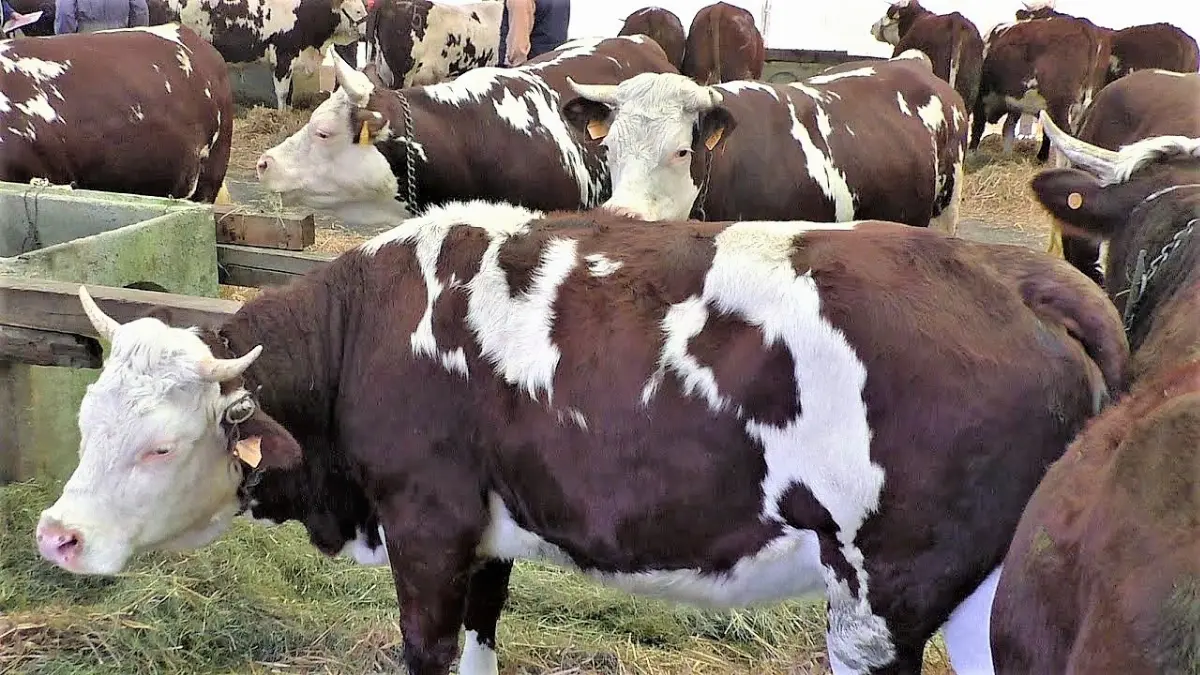
Do you want to access to this and other private contents?
Log in if you are a subscriber or click here to request service
Is the BSE back?
New case on a farm in the Netherlands. Still to be verified whether it is an atypical or classic type of BSE

It hadn't been talked about for years now. That is, until a new case of mad cow disease emerged from the Netherlands. Not many details are available at the moment, except that the infection was found on a dead cattle specimen on a farm at an unspecified Dutch location. The news was broken yesterday by the NPC news agency, but the discovery dates back two days earlier, to Jan. 30. The source would be...
fc - 28932
EFA News - European Food Agency
◄ Previous page
EFA News - European Food Agency